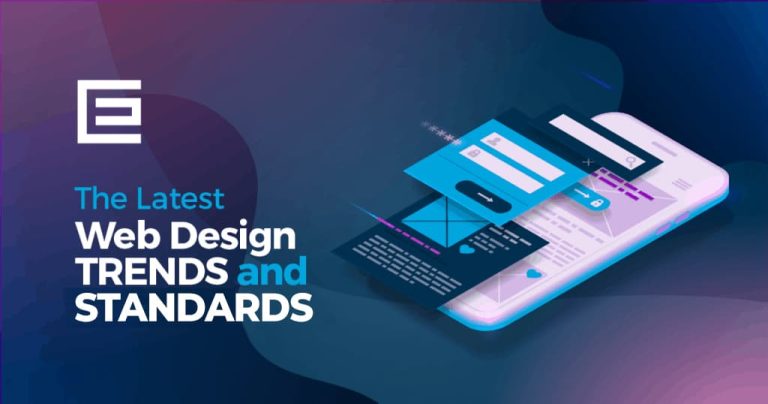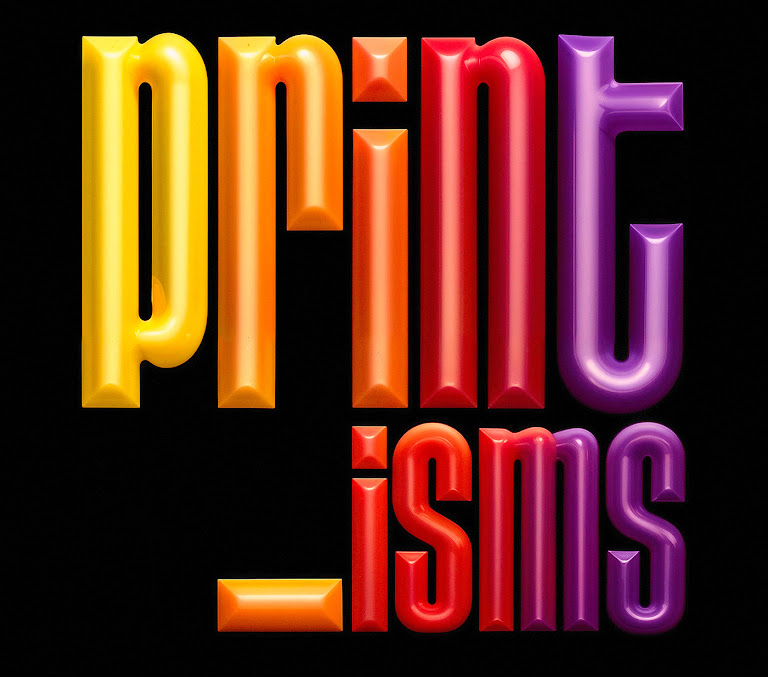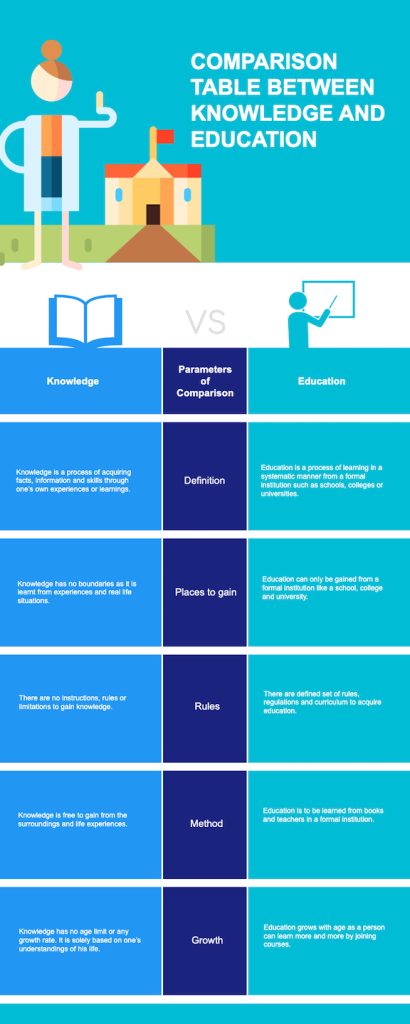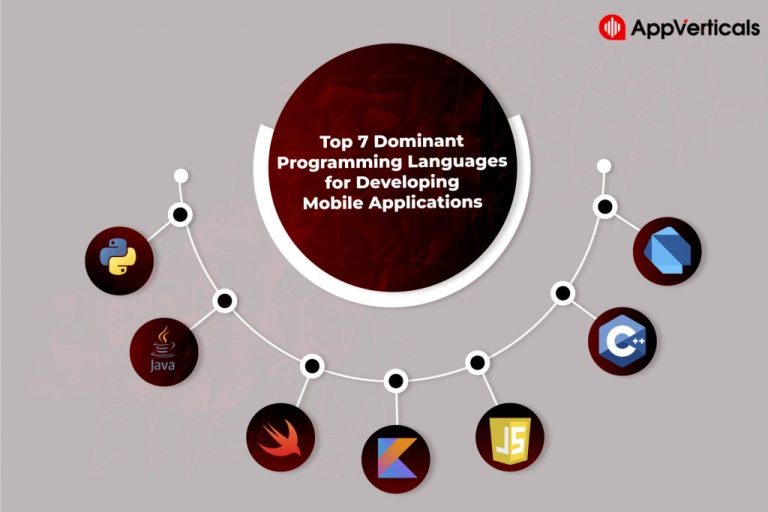In the dynamic landscape of digital entertainment, mobile games have emerged as a powerful and engaging platform, capturing the attention of millions worldwide. As the demand for immersive gaming experiences continues to rise, individuals and businesses are increasingly curious about the investment required to bring their gaming ideas to life. Whether you’re an aspiring game developer, a mobile app development company, or simply someone fascinated by the intricacies of the gaming industry, understanding the nuances of mobile game development cost is crucial.
In this guide, we’ll delve into the various factors that influence costs, shedding light on the process and empowering you to make informed decisions. So, whether you’re contemplating the next viral sensation or seeking insights into the workings of this dynamic field, join us as we unravel the realms of mobile game development cost estimation.
Stats About Game App Development
Contents
- 1 Stats About Game App Development
- 2 Global Games Market 2022 Report – Newzoo
- 3 How Much Does It Cost To Make A Mobile Game?
- 4 Factors Affecting the Cost of Mobile Game App Development
- 4.1 1- Complexity of Gameplay
- 4.2 2- Platform and Devices
- 4.3 3- Graphics and Artwork
- 4.4 4- Audio Design
- 4.5 5- Technology Stack
- 4.6 6- Game Design and Storyline
- 4.7 7- Monetization Model
- 4.8 8- Multiplayer and Networking
- 4.9 9- Testing and QA
- 4.10 10- Project Management
- 4.11 11- Geographical Location
- 4.12 12- Legal and Licensing Fees
- 4.13 13- Updates and Maintenance
- 4.14 14- Marketing and Distribution
- 5 Selecting the Right Tech Stack for Game App Development
- 6 Strategies to Reduce Costs in Mobile Game Development
- 7 Game App Development Pricing Models
- 8 Monetization Strategies for Mobile Game App Development
- 9 Conclusion
Global Games Market 2022 Report – Newzoo
Global Player Forecast
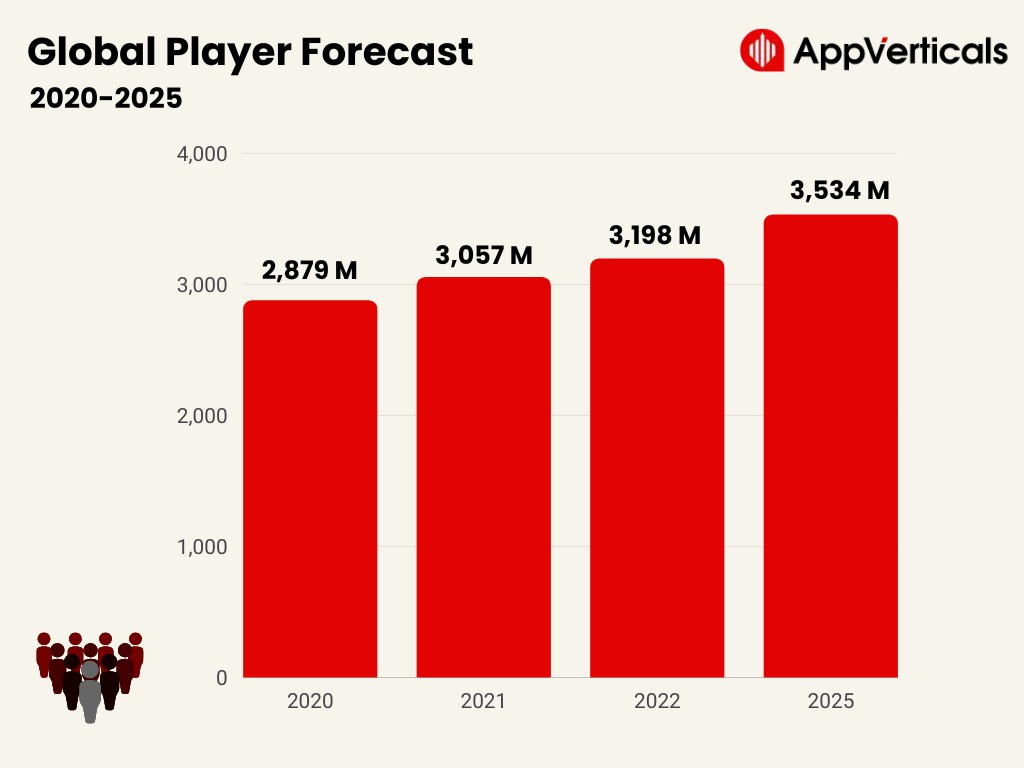
- How to build a website with WordPress and what are the best plugins to use: Building a website with WordPress is an excellent choice due to its versatility, ease of use, and a vast array of plugins that enhance functionality. Here’s a comprehensive guide to building a WordPress website, along with recommendations for the best plugins.
- What does this property buzzword mean and how does it actually work? Gearing simply means borrowing money to buy an asset. Negative gearing can be a tax strategy used by investors and describes when the income (ie, the rent) made from an investment is less than the expenses it incurs, meaning it’s making a loss.
- How to Sell Your Ecommerce Business for the Best Value: Selling an ecommerce business can be a very profitable move. You can use the proceeds to invest in other projects, launch new ecommerce business websites, or even retire. For some startups, selling the business is the end goal. Whether you have a dropshipping website, sell with Amazon FBA, or own a large-scale ecommerce business, there’s an opportunity for you to sell.
- Comprehensive Guide to WordPress Website Development: Developing a WordPress website is a sequential process that requires careful planning, thoughtful execution, and consistent maintenance to ensure it meets the needs of users and achieves its intended goals. This involves a series of clearly defined stages, including planning, designing, content creation, optimisation, and ongoing maintenance.
- Top 10 High-Paying Jobs AI Won’t Replace in 2025: Artificial Intelligence (AI) is revolutionizing industries, automating repetitive tasks, and reshaping the global workforce. Despite its remarkable advancements, certain professions remain beyond AI’s capabilities due to their reliance on uniquely human traits like creativity, empathy, and critical thinking. This case study explores the 10 highest-paying, fastest-growing jobs in 2025 that AI won’t replace, delving into why these roles are indispensable and how they are evolving in an AI-driven world.
- Spill Your Guts: What To Wear To Olivia Rodrigo’s Australian Tour: Never afraid of screaming out all the dark, embarrassing things we’ve all thought before, Rodrigo sings about comparing herself to her boyfriend’s ex-girlfriend. If you want an edgy outfit that mimics the music…
- Top Social Media Plugins for WordPress to Increase Your Sites Reach and Engagement: If you are seeking to enhance your website’s reach and engagement on social media, you have come to the right place. In this article, we will delve into the premier social media plugins tailored for WordPress users. From Social Warfare to Jetpack, these plugins can facilitate seamless sharing of your content across diverse social platforms.Furthermore, we will provide recommendations to optimize your website’s visibility on social media. Keep an eye out for valuable insights!
- How to Change PuTTY’s Appearance: PuTTY is a widely-used SSH and telnet client for Windows and Linux hosting. While its default appearance is functional, you can customise it to improve aesthetics and usability. Below are the steps to modify PuTTY’s appearance, including changing the font, window size, colours, and cursor options.
- What programming languages does vBulletin use?: vBulletin was orginally written in perl and used a flat file database system. However, as sites grew they notice that sites could not cope with a large amounts of traffic. This problem has now been fully rectified when vBulletin was converted to php and a mysql database system.
2022 Global Players Per Region
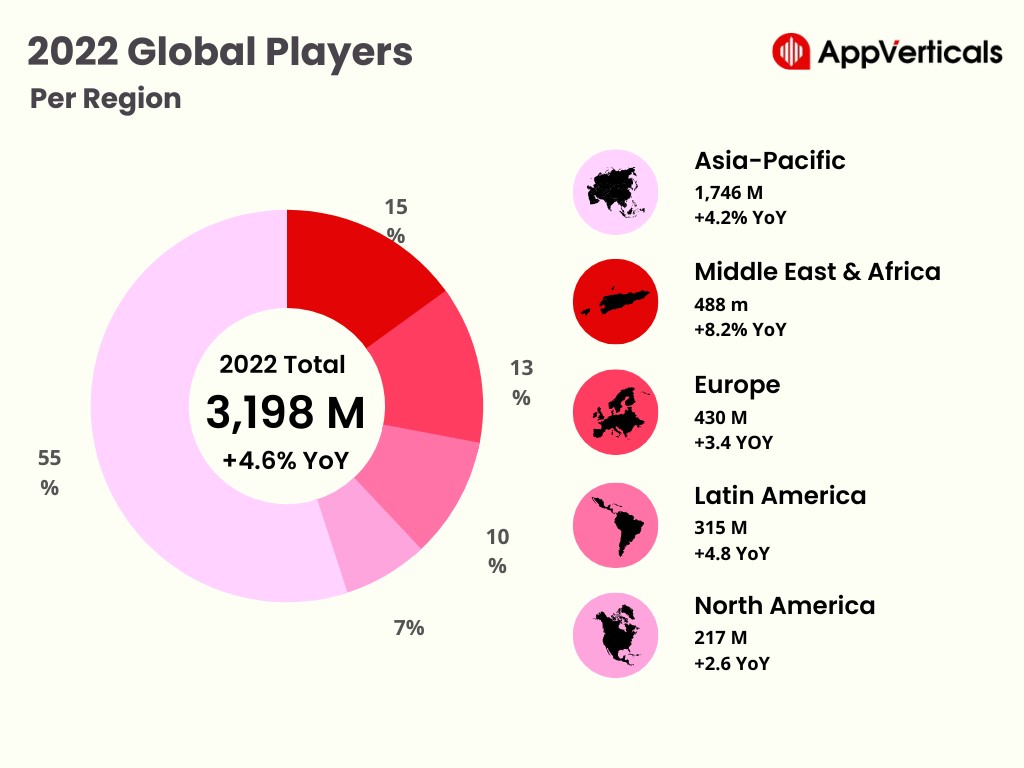
How Much Does It Cost To Make A Mobile Game?
The complexity of the game, the platform (iOS, Android, cross-platform), the location of the development team, and the features included can all significantly impact the typical cost of developing a mobile game app.
It’s important to note that these figures are estimates and can change significantly based on individual project requirements. To get an accurate estimate for your specific game idea, it’s recommended to consult with mobile app development company, gather quotes, and thoroughly discuss your project’s scope and objectives.


Factors Affecting the Cost of Mobile Game App Development
Creating a mobile game is complex and it depend on a wide range of variables, all of which add up to the project’s overall mobile game development costs. Understanding these aspects is crucial for precise cost estimating, regardless of whether you’re a freelance developer or a mobile app development company. Let’s look at the main factors that can affect the price of creating a mobile game:
1- Complexity of Gameplay
The complexity of the gaming mechanics, mission structures, and interactive elements significantly influences the entire cost of developing a mobile game. Simpler gameplay principles typically result in lower production costs than more complex gameplay, which might have an impact on the budget.
2- Platform and Devices
The development cost is depend on the target platform selected, such as iOS, Android, or cross-platform development. Each platform has its specific set of technical needs and considerations, which can affect how difficult it is to code, test, and optimize an application—and, ultimately, how much it costs.
3- Graphics and Artwork
A mobile game’s visual appeal plays a key role in its success. Users are more engaged when the images, animations, and artwork are high caliber. However, developing and putting these components into place might be resource-intensive, resulting in increased development expenses.
4- Audio Design
The gaming experience is improved with immersive sound effects, music, and voiceovers. Different games can have quite different audio integration levels of sophistication. High-quality audio elements must be included. Which increases the overall development cost.
5- Technology Stack
The choice of the technological stack, which includes tools, frameworks, and programming languages, significantly impacts how much it costs to produce mobile games. Utilizing advanced or specialist technology could necessitate more knowledge, thus lengthening the development process and raising costs.
6- Game Design and Storyline
The intricacy and depth of your game’s design and plot greatly impact development costs. Developing an engaging story and complex gameplay mechanics could take more time and money, which could impact the entire budget.
7- Monetization Model
The monetization model, such as in-app purchases, advertisements, or premium pricing directly influence development costs. The complexity of implementing and integrating the selected model can impact the entire budget allocation.
8- Multiplayer and Networking
The addition of networking and multiplayer features complicates the development process. These features may call for additional resources, increasing both time and expense for design, implementation, and testing.
9- Testing and QA
Delivering a polished and bug-free game requires rigorous testing and quality assurance procedures. The whole development cost includes spending money on testing, finding and fixing problems, and ensuring flawless user experience.
10- Project Management
Effective project management is essential for development to remain on schedule and under budget. By ensuring effective coordination, prompt decision-making, and budget adherence, dedicated project management resources, tools, and procedures eventually affect the project’s overall cost.
11- Geographical Location
Due to differences in labor prices and cost of living, the location of your development team may impact expenses. Local teams may incur more costs than offshore teams, which will have an impact on the entire budget.
12- Legal and Licensing Fees
Additional costs are associated with protecting intellectual property rights, utilizing third-party technologies, and managing legal issues. Accurate cost estimation requires budgeting for legal advice, licenses, and prospective royalties.
13- Updates and Maintenance
Regular updates, bug fixes, and maintenance are essential for the game to remain current and functional after launch. The resources allotted for ongoing development after the original launch impact the entire cost throughout the game’s lifecycle.
14- Marketing and Distribution
The game needs marketing initiatives and expenditures to be distributed and promoted on app stores. The creation of marketing campaigns impacts the project’s budget, improving app store listings, and investigating distribution options.
Understanding how these elements interact as you start the mobile game development process can aid you in making wise choices regarding the size of your project and the expenditures involved. Delivering a good mobile game requires balancing the factors that fit your concept and your budget.
Also Recommended: How Much Does It Cost To Make an App?
Selecting the Right Tech Stack for Game App Development
Choosing a gaming technology for mobile game app development is a critical decision that profoundly impacts project costs and outcomes. In this context, three prominent technologies stand out as both noteworthy and personally favored:
A- Unity 3D
A flexible platform for creating games, Unity 3D is renowned for being user-friendly and cross-platform compatible. Developers can produce 2D and 3D games for various platforms thanks to its user-friendly interface and vast asset library. As a result of its component-based architecture and C# scripting capability, it encourages modular development and offers robust interactivity. The real-time preview capabilities of Unity facilitate iterative design, and its powerful physics and rendering algorithms help produce stunning images. Due to its popularity, it serves as a focal point for a sizable community and instructional materials, promoting innovation in both independent and AAA game production.
Supported Platforms
- Mobile Platform | Android and iOS
- Desktop Platform | Windows, Mac, and Linux
- Console Platform | PS4, PS5, and Xbox
- VR Platform | Oculus and PlayStation VR
Games Developed Using Unity
B- Unreal Engine
The peak of modern game development technology is Unreal Engine. Thanks to its lifelike graphics and cutting-edge physics, it gives developers the tools they need to create visually spectacular experiences. For designers, Blueprint visual scripting makes coding simpler, whereas C++ scripting gives programmers depth. The scalability of the engine supports ventures of all sizes, from compact independent games to enormous open-world epics, and its strong networking features support multiplayer games.
Supported Platforms
- Mobile Platform | Android and iOS
- Desktop Platform | Windows and Mac OS
Games Developed Using Unreal Engine
C- Mixamo
Character animation for video games can be accelerated with the help of Mixamo, a web service currently part of Adobe Fuse. Mixamo simplifies animation workflows by offering a variety of pre-made 3D characters and animations. A user-friendly interface allows for the customization of characters and the application of animations. It is a timesaving option for independent developers and small studios because of the smooth interaction with other programs like Unity and Unreal Engine that makes importing easier. Without intensive manual animation effort, the automated rigging and animation method helps produce convincing character movements.
Supported Platforms
- Compatible With | Unreal Engine, Unity 3d
- Mobile Platform | Android and iOS
- Price | Starting from $150 Per Month
- Released By | Adobe
Games Developed Using Mixamo


Strategies to Reduce Costs in Mobile Game Development
A balanced strategy that maximizes resources and streamlines procedures is needed to cut expenses in mobile game development without sacrificing quality. First off, using a practical development framework can result in significant cost savings. Instead of generating distinct versions for every platform, developers may make games that work on various devices using cross-platform game engines like Unity or Unreal Engine. This strategy saves maintenance costs while significantly quickening development.
The second is the importance of thorough planning and scope management. A well-defined game concept and scope from the beginning aid in reducing feature creep, adding extraneous or overly complicated elements that raises app game development cost. Prioritizing crucial gameplay components and deferring non-critical additions until after-launch updates can help keep expenses in check while providing a high-quality experience.
Various development jobs might be outsourced as a cost-effective tactic. Developers can concentrate their in-house resources on essential programming tasks and key gameplay mechanics by utilizing specialized external teams for activities like artwork, audio design, or QA testing. However, good communication and detailed documentation are essential to guarantee that the outsourced teams adhere to the game’s vision and quality requirements.
And last, adopting data-driven decisions can result in substantial cost savings. By incorporating analytics into the game, developers may better understand user behavior patterns and decide how to improve gaming mechanics, level design, and monetization methods. With less danger of spending money on unproductive additions, this iterative improvement process, driven by player data, can result in higher retention rates, better user engagement, and, eventually higher income.
Strategic decisions and effective resource management are combined to lower costs in creating mobile games. Cross-platform game engines, strict scope management, outsourcing non-core jobs, and user data-driven decision-making are all crucial tactics that can help developers produce high-quality games while keeping costs in check.
Game App Development Pricing Models
Mobile development costs can vary significantly based on the pricing models chosen for your project. Here are some common pricing models used in mobile game development:
1- Fixed Price Model
According to the client’s specified scope, features, and needs, the development business under this model offers a fixed fee for the entire project. This model offers cost and schedule certainty. It might not be adaptable if adjustments or additions are made while the project is being developed.
2- Time and Material Model
With this model, the client is responsible for paying for the resources and time the development team uses. It is a more adaptable strategy that allows for adjustments and additions as projects are being developed. When the project scope is not entirely established or could change over time, it is appropriate.
3- Dedicated Team Model
According to this approach, the customer employs a specialized group of developers, designers, and other professionals to work on the project. The client pays the team’s services for every Month. Although this approach offers high control and flexibility, the client must actively manage and supervise it.
| Aspect | Fixed Price Model | Time and Material Model | Dedicated Team Model |
|---|---|---|---|
| Cost Predictability | High – Set upfront cost based on defined scope | Variable – Costs based on time and resources used | Moderate – Monthly fee for dedicated team |
| Flexibility | Limited – Changes may incur additional costs | High – Allows for changes and scope adjustments | High – Flexible, adapts to changing requirements |
| Project Scope | Well-defined scope required at the start | Can evolve over time based on project progression | Can be adaptable to changing scope |
| Risk Sharing | More risk on the development team | Shared risk between client and development team | Shared risk, development team invested in success |
| Control | Client has limited control once project starts | Client has significant control over project | Client has control over the dedicated team’s efforts |
| Management | Less involvement required from the client | More active involvement needed from the client | Active management required from the client |
Monetization Strategies for Mobile Game App Development
Monetization strategies for game app development involve determining how to generate revenue from your mobile game while providing value to players. Let explore the common monetization strategies:
1- In-App Purchases (IAPs)
This tactic entails providing in-game virtual things, items, power-ups, or content gamers may buy with real money. IAPs are useful for free-to-play games since they let gamers improve their gameplay or advance quickly. To keep players from feeling pressured into making purchases, it’s essential to implement a balance between free and paid content.
2- Ads
Incorporating advertisements, such as banner ads, interstitial ads, rewarded videos, or playable ads, can provide revenue for free games. Developers receive payments based on ad impressions, clicks, or completed video views. Integrating ads seamlessly into the gameplay is important to avoid disrupting the user experience.
3- Premium/Paid Games
In order to download and play the game, customers must pay a one-time price when the game is released as a premium or paid app. This strategy may be effective for high-quality games with powerful branding and interesting gameplay, but it may have a smaller audience than free-to-play models.
4- Subscriptions
Consistent revenue can be generated by providing subscription-based models for access to premium material, special features, or frequent upgrades. For games with a high level of ongoing involvement, subscriptions are available monthly or annually.
5- DLCs (Downloadable Content)
Creating additional downloadable content, such as expansion packs, new levels, characters, or storylines, can provide players with more content while generating revenue for the developer.
Also Recommended: How do free apps make money?
Conclusion
Accurately estimating the cost of developing a mobile game is a multifaceted endeavor that demands careful consideration of numerous factors. This comprehensive guide has explored the various elements contributing to the overall cost, including pre-production, design, development, testing, marketing, and ongoing maintenance. The game’s complexity, the platform(s) chosen, the desired features, and the level of visual and technical sophistication all play pivotal roles in determining the budget required.
As the mobile gaming industry thrives and evolves, partnering with a reputable mobile app development company becomes crucial. With our game mobile app development services in Dallas, we bring expertise and experience. Our knowledge of industry trends, technological advancements, and user preferences can significantly assist you in formulating a realistic budget and timeline for your mobile game project.
Ultimately, understanding the nuances of cost estimation and aligning your vision with the available resources will set the foundation for a successful mobile game development journey. By acknowledging the significance of a well-planned budget and the value of collaboration with seasoned professionals, you’re poised to navigate the challenges and triumphs of the competitive mobile gaming landscape.

